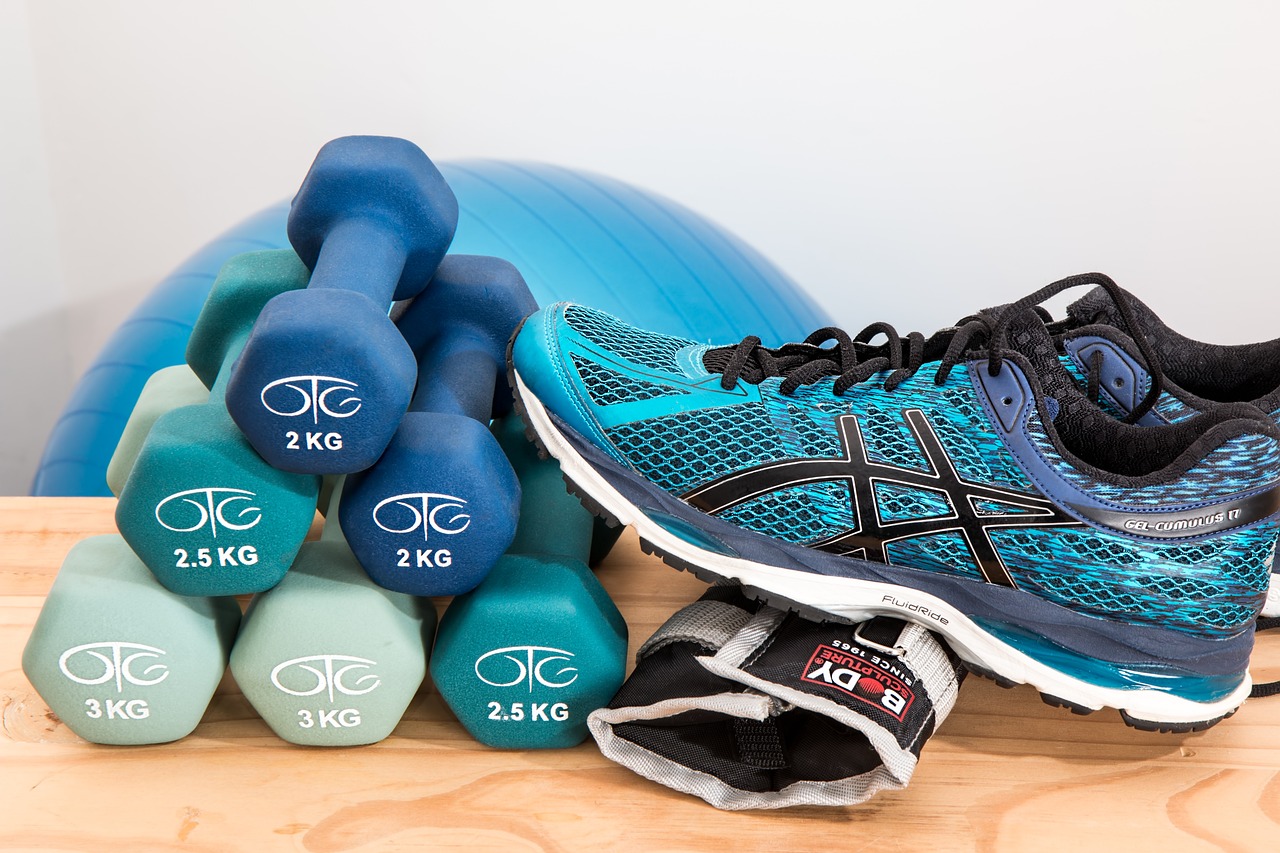Choosing the Best Running Shoes: A Comprehensive Guide
Selecting the right pair of running shoes is crucial for both
performance and
injury prevention. With countless options available, it can be overwhelming to find the
perfect fit.
This guide aims to simplify the process by providing essential tips and considerations to
help you
choose the best running shoes for your needs.

Understanding Your Foot Type
Before purchasing running shoes, it's essential to understand your
foot type
and biomechanics. Consider whether you have low, neutral, or high arches, as this will
impact the
type of support and cushioning you need in your shoes. Additionally, analyze your
pronation pattern
(overpronation, neutral pronation, or underpronation) to determine the level of
stability and motion
control required.
Assessing Your Running Style and Terrain
Evaluate your running style and the type of terrain you typically
encounter
during your runs. Are you a heel striker, midfoot striker, or forefoot striker? Do you
primarily run
on roads, trails, or tracks? Understanding these factors will help you choose shoes with
the
appropriate level of cushioning, traction, and durability to support your running needs.
Trying On Multiple Options
Visit a specialty running store and try on multiple pairs of shoes
to find the
perfect fit. Don't be afraid to spend time walking and running in each pair to assess
comfort,
support, and overall feel. Pay attention to any areas of discomfort or pressure points,
and consider
getting professionally fitted to ensure proper sizing and fit.
Prioritizing Comfort and Fit
Above all, prioritize comfort and fit when choosing running shoes.
Look for
shoes that feel snug but not tight, with ample room in the toe box to prevent friction
and blisters.
Pay attention to the width, length, and overall shape of the shoe, and opt for models
that provide
sufficient arch support and cushioning based on your foot type and running style.
Considering Additional Features
Consider additional features and technologies that may enhance your
running
experience. Look for shoes with breathable uppers to keep your feet cool and dry,
reflective
elements for increased visibility in low-light conditions, and water-resistant materials
for running
in wet weather. Additionally, explore options with removable insoles or compatibility
with custom
orthotics for added comfort and support.
Testing on Various Surfaces and Distances
After narrowing down your options, test your top choices on various
surfaces
and distances to ensure they perform well in different conditions. Take them for a run
on pavement,
trails, and tracks to assess traction and stability. Additionally, gradually increase
your mileage
to gauge long-term comfort and durability. Don't hesitate to return or exchange shoes
that don't
meet your expectations.
Budgeting Wisely
While it's tempting to splurge on the latest and most expensive
running shoes,
it's essential to budget wisely and prioritize value over cost. Consider the longevity
and
durability of the shoes, as well as your specific running needs and frequency. Remember
that
investing in high-quality shoes that offer proper support and protection can help
prevent injuries
and save money in the long run.
Seeking Expert Advice
If you're unsure about which running shoes to choose or have
specific concerns
or requirements, don't hesitate to seek expert advice from podiatrists, physical
therapists, or
experienced runners. They can provide personalized recommendations based on your
individual
biomechanics, foot type, and running goals, helping you make informed decisions and find
the perfect
pair of shoes.
Maintaining and Replacing Your Shoes
Once you've found the best running shoes for your needs, it's
essential to
maintain them properly and know when to replace them. Rotate between multiple pairs to
extend their
lifespan and allow them to dry fully between runs. Keep an eye on signs of wear and
tear, such as
worn-out treads, compressed cushioning, or visible damage, and replace your shoes
promptly to
prevent discomfort and injury.



